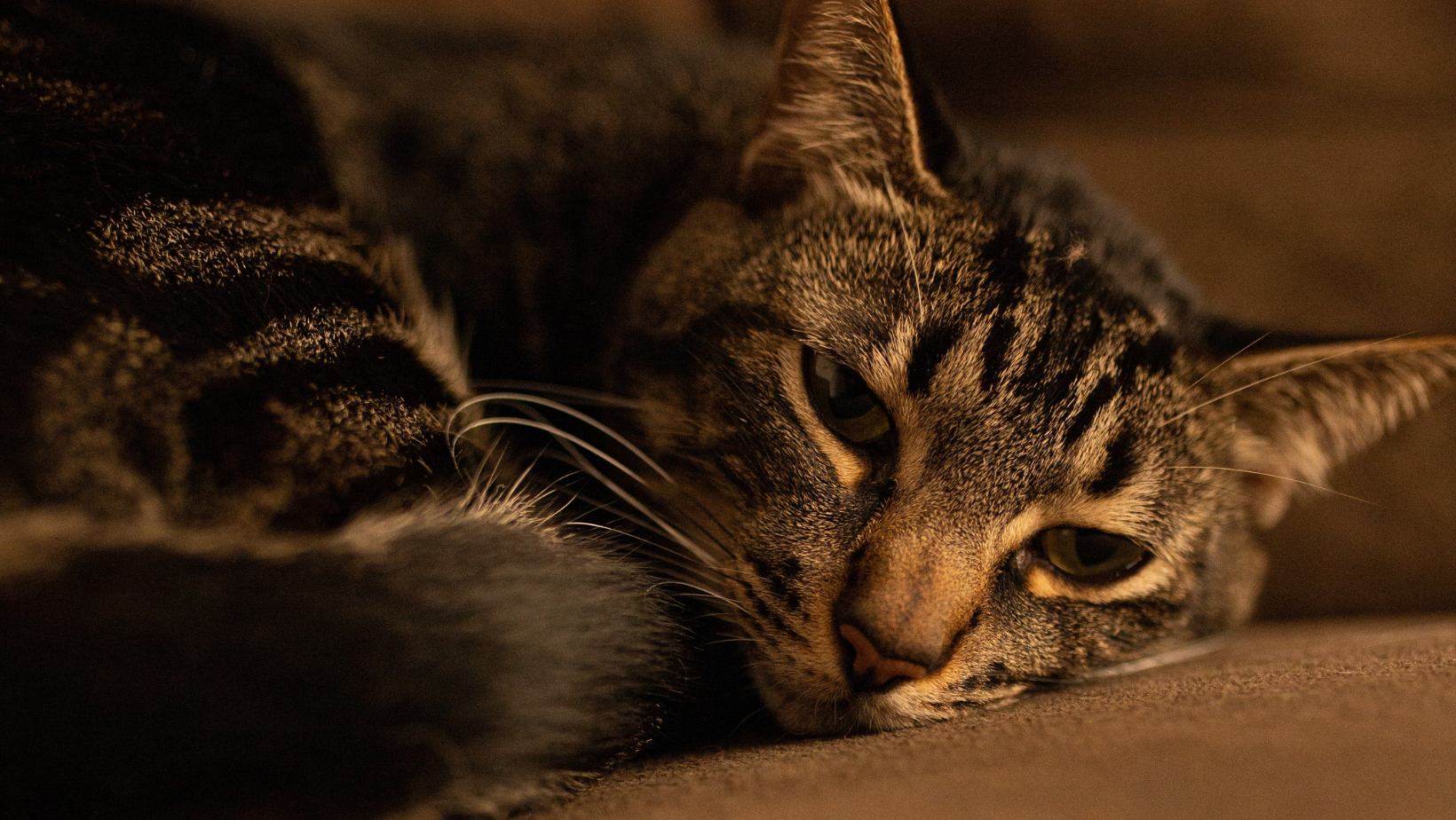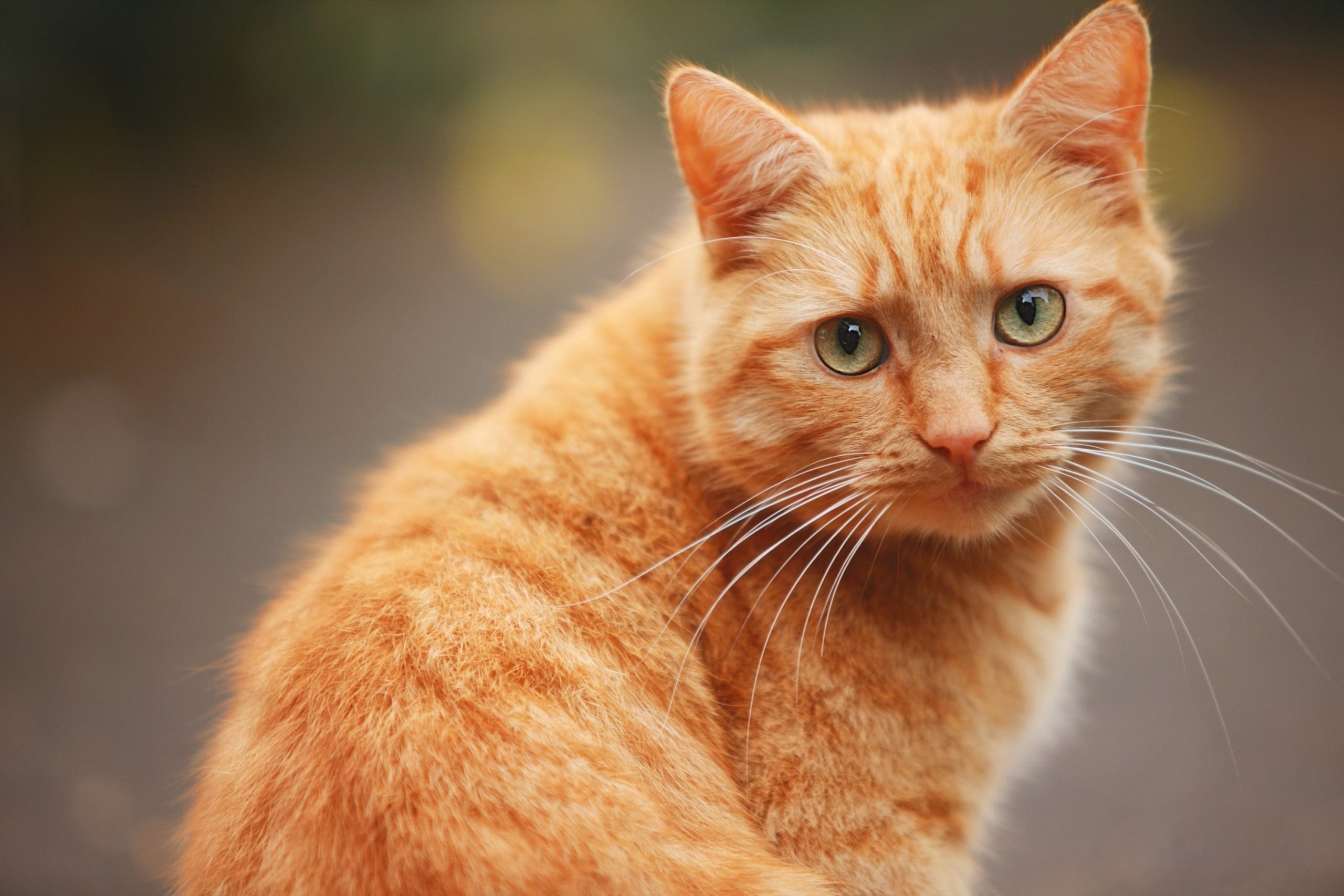How to Tell if a Cat Is in Pain

Cats are known for their talent in hiding their discomfort and anguish. Even if you are the person closest to them, they may be in severe pain without you even realising it because of how expertly they do this(How to Tell if a Cat Is in Pain).
When cats are out in the wild with predators who watch for signals of weakness, this is a huge advantage. However, it is a major issue when your cat is unwell or injured but you are unaware of the situation.
Although cats cannot speak, they can express their pain in their own delicate ways. You must watch out for even the smallest behavioural changes that can suggest your cat is in pain.
Here is more information on cat pain and warning signals to look out for.
Cat Pain: What We Know
In their understanding of animal suffering, veterinarians have come a long way. We’ve discovered that we are probably not addressing pets’ discomfort to its full extent.
If your cat has a confirmed medical issue, pain management should always be a part of the treatment. Veterinary pain management specialists commonly repeat the phrase, “Assume pain.”
Some of the prevalent feline medical diseases that are known to be uncomfortable include arthritis, dental disease, urinary tract disease, bone disease, and cancer. Be alert for any indications that your cat may be in discomfort if it has one of these conditions or another.
Signs of Cat Pain
You can use a checklist for cat pain signals established by the International Veterinary Academy of Pain Management and present it to your doctor. The following information can assist you and your veterinarian in deciding which tests and treatments will help your cat feel better:
Change in Activity Level
Changes in activity can be a sign of discomfort. Cats may become less active and sleep for longer periods of time than before. Cats with stiff, arthritic joints may be reluctant to move postures or leap onto high surfaces.
In contrast, cats may become more energetic, restless, and appear to have trouble finding comfort. They may also repeatedly get up and down.
Self-Mutilation
Pets frequently repeatedly lick and bite at painful places, even though many humans link biting and licking with allergies. They might engage in it frequently enough to subject their body to secondary trauma in the form of sores, skin infections, and hair loss.
Vocalizing
Did you realise that meows and purrs can be indicators of a cat in pain? Most of us are aware that a hissing or growling cat is unhappy. Although purring is typically seen as a sign of satisfaction, some cats may purr when they are scared or wounded. Cats with laid-back or gentle attitudes are especially susceptible to this.
Change in Daily Routine
If a cat’s appetite suddenly changes, it can be because they are in too much discomfort to eat or they are feeling sickly.
Cats who have been using the litter box for years and then have an accident in the home, whether it’s a poop or a pee, may be in too much discomfort to enter and exit a box with high sides or may be too painful to move to where the box is.
If a lap cat suddenly finds it painful to be stroked or pet, this might be the cause. Any of these variations from their typical personality and preferences might point to a health problem.
Posture
When they are stiff, cats sort of shuffle about; they walk very gently and refrain from the normal fantastic jumps we’re used to witnessing. A cat experiencing stomach discomfort could bend their back and tuck their abdomen in as a kind of defence.
A cat could also exhibit protective behaviour toward a particular region of their body, refusing to be stroked or scratched, or they might limp or hesitate to put weight on an uncomfortable limb.
Aggression
While some cats are fierce by nature, others are not. It might be challenging to determine whether a cat who is normally feisty is behaving suddenly hostile. It’s possible that a cat in agony is a pleasant cat who suddenly starts hissing, swatting, and biting.
An unusual display of animosity is a cat’s method of requesting solitude. When you try to pet or stroke a particular part of a cat’s body, the cat may swat you or growl to let you know that the spot hurts.
Poor Coat Condition
Cats are skilled groomers who can devote up to five hours a day to caring for their smooth coats. However, a cat may find it difficult to get into their typical grooming postures if they are in agony from arthritis.
A cat may become too uncomfortable or exhausted to continue their usual routine if they are experiencing pain. Cats who stop grooming themselves and begin to appear untidy may be in discomfort and require evaluation.
What to Do if You Think Your Cat Is in Pain
Never attempt to treat your cat’s pain with human-grade painkillers. Cats have a unique way of metabolising drugs, and even something as safe for us as acetaminophen can be fatal to them (brand name Tylenol).
Consult your veterinarian to determine whether your cat may be in discomfort. Fortunately, there are more choices available to veterinarians now for treating cat discomfort than there were in the past. Prescription painkillers, joint supplements, or natural and alternative therapies like acupuncture or massage are a few possibilities for treating pain in cats.





